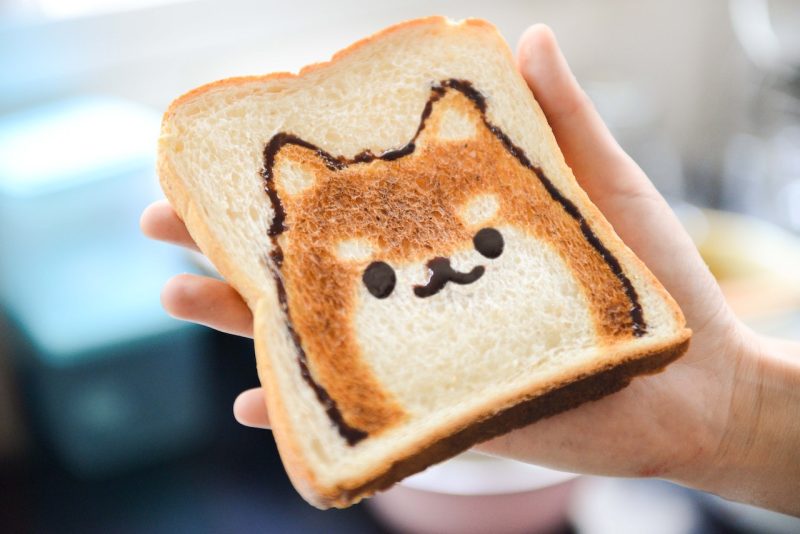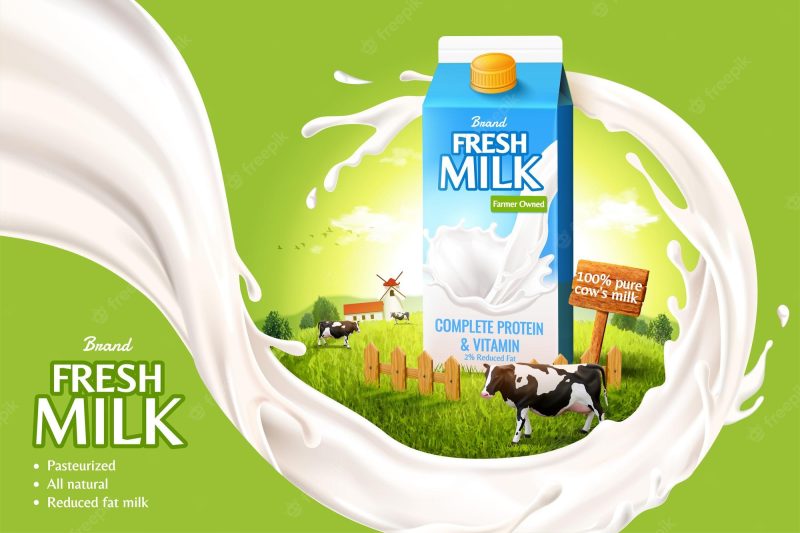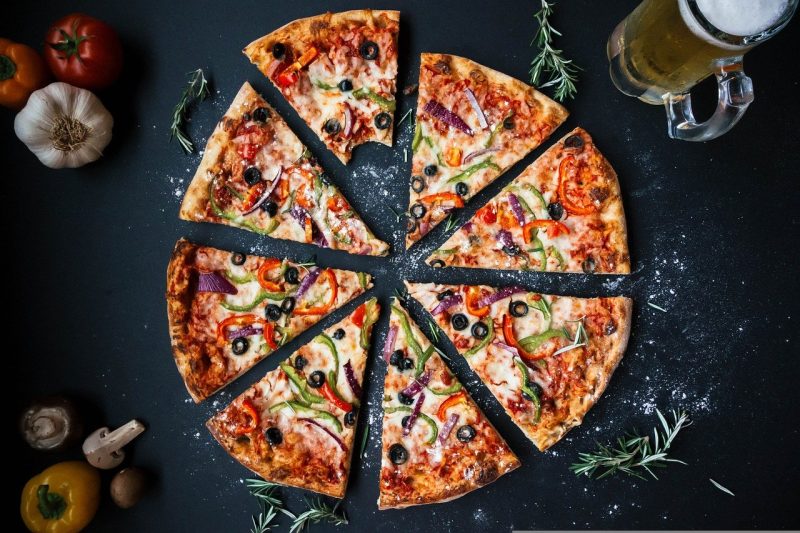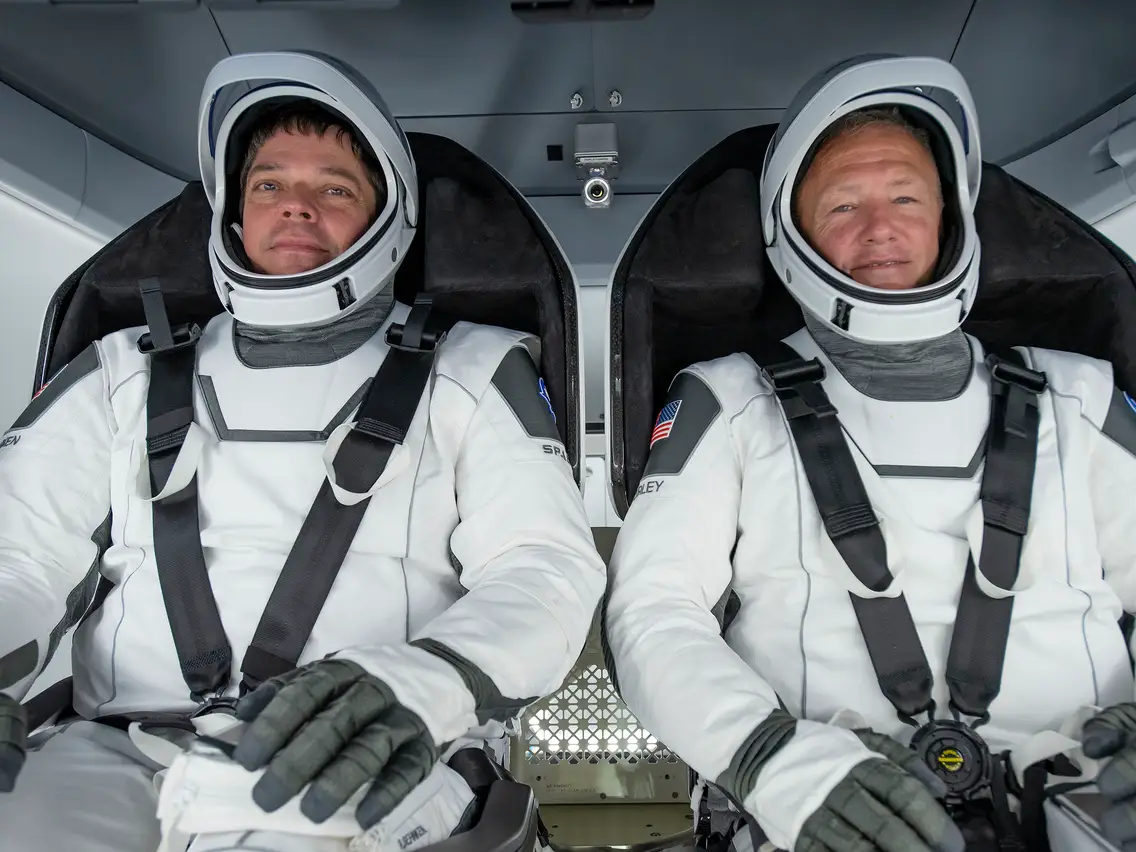Interesting fact What food do astronauts eat?
Today I will Discuss about astronauts. As you could probably guess eating food in space is quite different than eating on earth. Here there is no need to worry about the smell or messiness of your food is – it’s just a matter of going to eat without giving it a second thought. However, in space, food items are meticulously chosen and cooked to ensure astronauts are safe and healthy.Today I will Discuss about astronauts, We Know astronauts but what do astronauts eat? This one of facts about astronauts foods.
Have you heard that certain food items are not allowed in space? As per NASA Zero Gravity and a small storage space severely restricts astronauts’ choices for food. This is what’s not allowed in outer space.
What food do astronauts eat? List
-
Bread
-
Crackers as well as Chips
-
Fish
-
Soft drinks
-
Soft drinks
-
Salt & pepper
-
Fresh milk
-
Ice cream
-
Pizza
-
Alcohol
Bread

You didn’t think this would happen didn’t you? In 1965 two NASA astronauts were carrying a sandwich of corned beef to space. They discovered that crumbs from crackers, bread, cookies or other food items–do not work well in space as they are floating around and could be a threat to an astronaut’s eyes or cause damage to equipment. They did indeed fly around and ever since bread has been prohibited from space. This is why tortillas are in place of bread on every spacecraft that goes into orbit or further. Tortillas are ideal for space travel since they’re not easily damaged or fall apart, but they can spoil after only six months. The problem was finally solved by Taco Bell created an extended-life tortilla that could last for up to a year. Yum!
Crackers as well as Chips

The same is true when you consume a handful of chips or crackers within the gravitational field of Earth, it’s not difficult to scrub away the irritant leftover crumbs left by your snack. When you’re in space, this minor issue could be a disaster. Consider how much nacho-laughing “Dorito dust” that you’ll find on your hands after you’ve finished your bag. It’s going to be released into the air and become a pollutant. And even more, in people’s lung. That’s why . . . . . No crunchy snacks for space explorationists.
Fish

There are several reasons not to introduce seafood into the space. It’s first, it’s likely to become rotten pretty quickly. The best food for space is food that you can keep for extended periods of time without worrying about getting spoiled. If someone at work has considered reheating leftover fish to eat lunch, just imagine getting that smell and being unable to avoid it.
Soft drinks

In the past, Coca-Cola tried to develop an insulated Coca-Cola can that would not lose its carbonation under microgravity according to NASA. It’s a bit of a paradox that happens to carbonation when gravity is absent and there is nothing! On Earth there is a large element of soda’s appeal is its effervescence. But when bubbles are in the state of “free floating” fizzy drinks do not effervescence. The astronauts discovered this in the 1980s and 1990s when soda was a frequent guest in space, hot carbonated drinks with flat surfaces aren’t as palatable quickly as they do at home. Even more importantly, they pop up very quickly. For instance carbonated beverages can trigger the same burping phenomena as we experience on earth however, it’s not exactly the same way in space, since gas is unable to separate from food due gravity’s absence. In microgravity, the food you’ve eaten floats up to in the stomach’s top. Therefore, the moment you develop a burp you could be causing food particles to escape with it. This is a common occurrence enough to warrant a name: “wet burping”. Aren’t you glad you didn’t ask? Eeeew!
Salt & pepper

What’s the reason? The reason is that they aren’t sprinkled. small particles of salt, pepper, or other spices will simply flounder instead of landing on food items and end up in noses, eyes or even inside sensitive electronic equipment. There’s a way to fix it but (NASA will always have a solution) Spacefarers are provided with liquid the salt as well as pepper.This one of facts about astronauts foods.
Fresh milk

Fresh milk isn’t permitted since it needs refrigeration which that we are used to on earth , but which is not accessible in space. In lieu for fresh milk is we can use the dehydrated type can be used, which occupies just small amounts of space, does not require refrigeration. It’s been a part of space missions around the world since the 1960s.This one of facts about astronauts foods.
Ice cream

This one of facts about astronauts foods.The real stuff won’t travel into space, as there are no freezers aboard spacecrafts, but frozen astronaut ice cream has been dried and has been marketed as dessert.
Pizza

This one of facts about astronauts foods.Although pizza isn’t banned completely in space, pizza isn’t exactly on astronauts’ top food preferences list. “You aren’t able to get a crisp crust” claims Vicki Kloeris the NASA’s Johnson Space Center space food manager. Pizza Hut once delivered pizza in space, and it tasted awful. It’s not crunchy and is often watery, which is why astronauts rejected it.
Alcohol

It was at one point permitted, and while the Russians enjoyed lots of fun playing with it, the idea was soon slammed. In 1972 the year 1972, the alcohol (Paul Masson’s rare cream Sherry specifically) was among the options for the forthcoming Skylab 4 mission, but when the public learned of the plans, a lot protested at NASA and the plan was scrapped. “Astronauts symbolize a kind of pureness,” said scientist and astronaut Edward G. Gibson. “As when you ruin this purity with alcohol, some people] get really angry.” In addition, NASA is dependent on keeping taxpayers content . . .
Additional interesting food facts from space:
The first food consumed during space travel was caviar as well as meat pate. It was in 1961 that Russian astronaut Yuri Gagarin was the first person to walk in space, and he enjoyed the most stylish meal of his first space voyage in the words of the European Space Agency. It appeared as though Gagarin was more interested in sausages. In his final words before his flight, he was said to have jokedthat “The most important thing is that there’s sausage to be served with moonshine,” according to Space.com. For the truth, there was not moonshine.
This one of facts about astronauts foods.In the year 2018, the University of Southampton Spaceflight Society came up with a proposal for sending lettuce seedlings to Mars. The seeds should be able to self-germinate in the growing chamber. The lettuce will take about approximately four weeks to develop and then it would be able to stop after completion, ensuring that there is no biological material that contaminates Mars.
When the first missions were launched to space among the adored meals was bacon. In 1968 in 1968, the United States had its first astronauts on the Apollo space mission. The astronauts of Apollo 7 preferred bacon. The bacon was so loved that it was eaten all day long during the following Apollo 8 and 9 missions. Apollo 8 crew astronaut Jim Lovell even stated, “Happiness is bacon squares for breakfast”.
Do astronauts enjoy spicy food when they are in space? (Duh!) This is due to the fact that you’re swollen when you’re in space due to the microgravity environment causing fluids to rise. “Your sinuses become blocked and your tongue expands,” Astronaut Chris Hadfield said to the PBS channel. So you require something strong that can be tasted. Hadfield’s most-loved food item to eat in the space environment is shrimp cocktails due to its spicy sauce.
What can astronauts take in when they are in space?
Take away all of the “best” snacks What’s left for astronauts to have fun? As per NASA, nothing that requires refrigeration is allowed into any space mission. The majority of food items are dehydrated, but the options are well-known, including eggs, meat and fruits.
Astronauts eat three meals per day including breakfast, lunch and dinner. Nutritionists make sure the foods astronauts consume provide them with a sufficient nutrition of minerals and vitamins. Calorie requirements differ for astronauts. For example, a petite woman will require around 1,900 calories per day, for a man who is large will require around 3,200 calories. The astronaut has the option of choosing from a variety of food items like nuts, fruits such as chicken, peanut butter, seafood, beef brownies, chocolate, etc. Drinks available include tea, coffee and orange juice, as well as lemonade and fruit punches.

